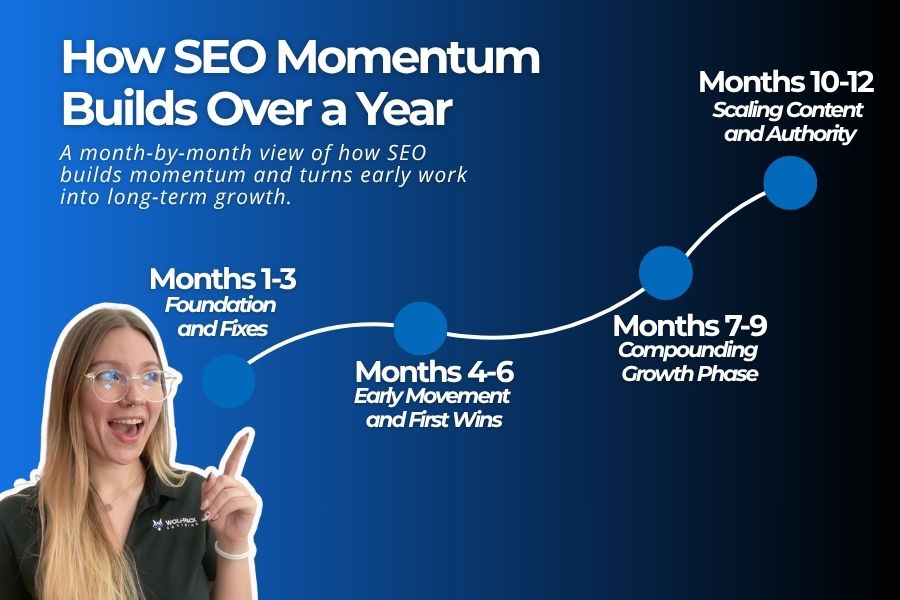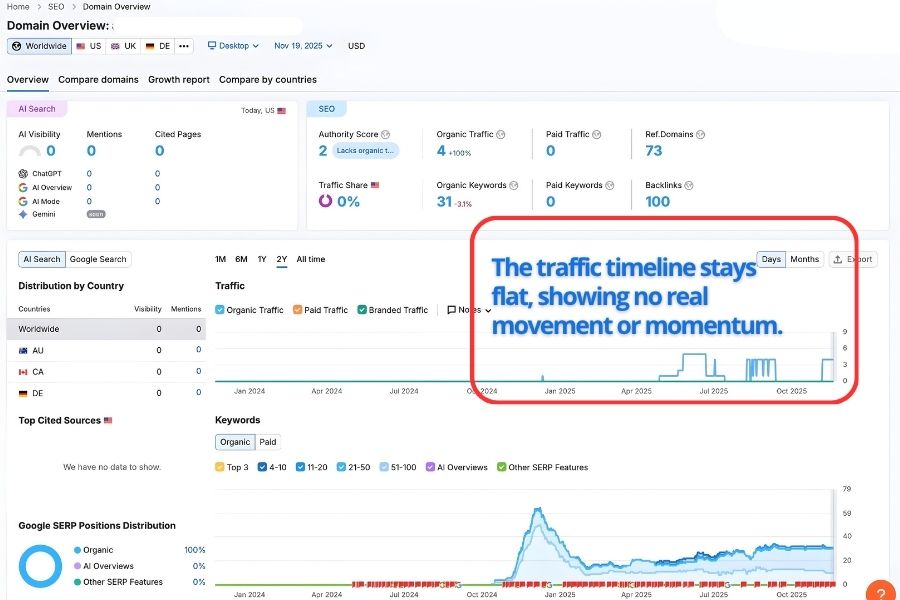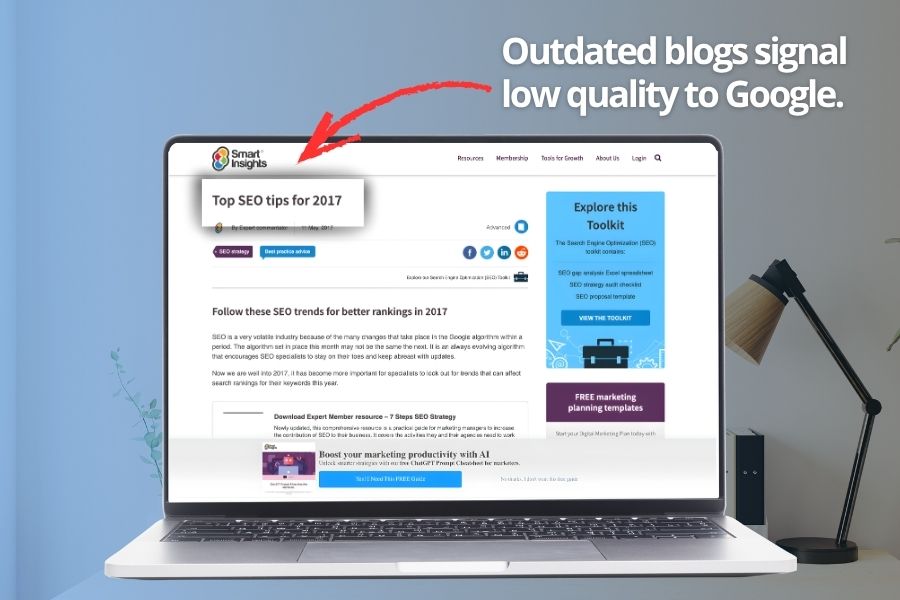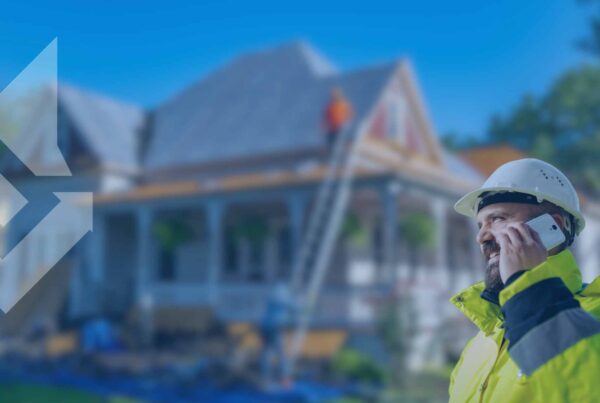Most businesses in 2026 can expect their SEO timeline to show early progress between Months 4 and 6, then stronger growth between Months 7 and 12. SEO today no longer rewards quick tricks. Google and AI search systems want steady improvement, helpful content, and clear signs that your business can be trusted. With the right plan, your site can follow a predictable path toward long-term organic growth.
Your SEO timeline becomes even more powerful when you understand each stage, how long results take, and what actions drive real movement. This guide gives you a simple roadmap, backed by real data and two growth models that show what improvement and plateaus look like for most businesses.

Contents
What Your SEO Timeline Should Look Like in 2026
Most businesses begin seeing early SEO signals by Month 3. Clear movement often appears in Months 4 through 6. The largest gains typically show up between Months 7 and 12.
SEO timelines have changed because:
- AI-driven ranking systems expect deeper content coverage
- Google rewards consistent updates, not one-time changes
- Competition has grown in almost every industry
- User intent is more complex than ever
- Sites with stronger behavior metrics rank faster
This means your SEO strategy must focus on building authority, improving user experience, and publishing helpful content on a regular schedule.
Businesses that follow this approach see steady organic growth that compounds over time. Those that only update their site once or twice a year usually stall or plateau.
Your Month-by-Month SEO Timeline Explained
Months 1–3: Foundation and Fixes
These months focus on preparing your site for growth. You should not expect major traffic changes yet because Google needs time to crawl, index, and trust your updates.
During this phase, the most important tasks include:
- Completing a technical SEO cleanup
- Improving site speed
- Fixing broken links
- Updating site structure
- Researching keywords
- Building a content plan
- Optimizing your core pages
- Setting up analytics and tracking
- Strengthening local SEO signals if needed
This foundation is what allows the rest of your timeline to work. Without these early steps, organic growth slows down and takes far longer to appear.

Months 4–6: Early Movement and First Wins
These months give you your first signs of progress. You may notice more impressions, early keyword movement, and small increases in traffic.
Typical early wins include:
- New keywords entering positions 30 to 90
- Search Console impressions are growing week by week
- First noticeable ranking jumps
- More stable indexing of new pages
- Slight increases in clicks
- First form fills or calls from organic
- Faster crawling of new content
This phase feels encouraging because you can see your strategy beginning to work. It is also when most businesses realize that SEO is taking hold.
Months 7–9: Compounding Growth Phase
This is the phase most business owners look forward to. Content starts reinforcing more content, rankings begin climbing faster, and traffic starts rising at a more noticeable rate.
You can expect:
- More keywords are entering the top 20
- Clear traffic increases
- More authority-building signals
- Better engagement metrics
- New content ranking faster
- Stronger local visibility if applicable
- More conversions from organic sources
This phase shows that your early-stage work is paying off. Most of the compounding growth begins here because your site now has enough authority and structure to earn trust.
Months 10–12: Scaling Content and Authority
After a year of steady work, most businesses see their strongest gains. Rankings stabilize, new pages grow faster, and traffic becomes more predictable.
Common results include:
- Rapid growth in organic traffic
- More keywords are entering the top 10
- Stronger performance of revenue-focused pages
- Better backlink growth
- Higher engagement and lower bounce rates
- More consistent lead flow from organic
- Easier ranking for new topics
This is when your SEO timeline becomes a flywheel. Momentum builds, and each new content piece performs better than the last.
Real SEO Growth Example vs. a Plateaued Site
Seeing real data is one of the fastest ways to understand how an SEO timeline actually works. When you compare a business that invests consistently with one that slows or stops, the difference in growth becomes clear. This side-by-side look helps you see what healthy progress should look like and why some sites stall even when they have good authority.
Below are two anonymized performance models, labeled Growth Model A and Growth Model B, each based on real numbers pulled from actual SEO results. These examples show the impact of consistent SEO work versus a strategy that has plateaued.
Growth Model A: Steady Upward Growth (Actual Data Included)

Growth Model A represents a business experiencing strong, consistent SEO gains throughout the year.
Real Data Shown
- Organic Traffic: 1.1K and growing
- Organic Keywords: 1.1K (+8.9 percent)
- Authority Score: 15
- Referring Domains: 125
- Backlinks: 295
- Pattern: Smooth, clear traffic rise month by month
What This Tells Us
Growth Model A shows what a healthy SEO timeline looks like:
- Traffic increases steadily
- Keyword coverage expands
- Google responds positively to new content
- Effort compounds over time
- The site moves into stronger positions in Months 7–12
The rising trend is exactly what most business owners hope to see.
Growth Model B: Early-Stage and Plateaued (Based on Actual Data)

Growth Model B shows a site that has started building a foundation but is not experiencing meaningful SEO growth. The metrics indicate early traction, but activity is too low to generate momentum.
Real Data Shown
- Authority Score: 2
- Organic Traffic: 4 (up 100 percent but still very low)
- Organic Keywords: 31 (slight decline at –3.1 percent)
- Referring Domains: 73
- Backlinks: 100
- Paid Traffic: 0
- Traffic Share: 0 percent
Pattern Seen on the Traffic Graph
- Traffic stays almost flat across the year
- No spikes or consistent upward trends
- Occasional small movements, but not enough to shift overall performance
- Keyword visibility remains low and does not expand into higher-value positions
What This Tells Us
This is the pattern of a site in “stall mode”:
- There is a foundation in place, but not enough SEO activity to create growth
- Organic traffic is technically increasing but still too small to impact business results
- Keyword growth has slowed and is not expanding into stronger ranking positions
- Backlinks exist, but the site is not producing new content or optimizations to take advantage of them
This model represents a website with some initial SEO signals but no ongoing strategy. Without fresh content, technical improvements, or keyword expansion, the site remains stuck at minimal visibility.
Comparison Table: Growth Model A vs Growth Model B
This comparison shows why consistent optimization matters. A site can have good authority yet show little growth if content and SEO stop.
| Metric | Growth Model A | Growth Model B |
|---|---|---|
| Organic Traffic | 1.1K, steadily rising (+6.2%) | 4, very low even with a 100% increase |
| Organic Keywords | 1.1K (+8.9%) | 31 (–3.1%) |
| Authority Score | 15 | 2 |
| Referring Domains | 125 | 73 |
| Backlinks | 295 | 100 |
| Traffic Share | 4% | 0% |
| Growth Pattern | Consistent upward trend with strong visibility gains | Flat performance with no meaningful growth |
When to Start or Upgrade SEO for the Best Results in 2026
Timing plays a major role in how fast your SEO timeline moves. Starting early gives Google time to trust your site, and upgrading at the right moment helps you stay ahead of rising competition. The best results come from acting before growth slows, not after.
Start SEO when:
- You launch a business
- Traffic is low
- You rely too much on paid ads
- You need long-term lead flow
- You want predictable growth
- Your competitors rank higher
Upgrade SEO when:
- Rankings are stuck like Growth Model B
- You expand your service areas
- You add more products
- Competitors grow stronger
- You want multi-location visibility
- Your site needs deeper content
This clarity helps you make smarter decisions about when to invest more and when to scale your strategy.
How to Build the Right SEO Plan for Your Timeline
Creating the right SEO plan starts with knowing what your timeline should look like and how each stage supports the next. A strong plan helps your team stay focused, shows you what to expect at every phase, and makes your results more predictable. When your strategy matches your goals and your timeline, your site can grow faster, stay organized, and build steady visibility all year long.
A strong SEO plan aligns your strategy with realistic timeline phases.
Set KPIs Aligned with Each Phase
| Timeline Phase | KPIs to Track |
|---|---|
| Early Stage (Month 3) | • All major fixes completed • First set of content published • Core pages fully optimized |
| Mid Stage (Month 6) | • Rising impressions • Rankings moving upward • More keywords entering top 50 |
| Late Stage (Month 12) | • Strong traffic jump • Several top 10 rankings • Predictable organic conversions |
Align Content With Timeline Phases
| Timeline Phase | Recommended Content Types |
|---|---|
| Early Content (Months 1–3) | • Core service pages • Location pages • Key industry topics |
| Mid Content (Months 4–9) | • Cluster blogs • Supporting articles • Educational guides |
| Late Content (Months 10–12) | • Case studies • Local expansions • Comparison or “best of” pages |
Budgeting for SEO in 2026
Planning the right budget is one of the most important parts of building a realistic SEO timeline. When your investment matches your industry, competition, and growth goals, your strategy becomes more predictable and your results improve. A well-planned budget also helps your team stay consistent, which is key for earning strong rankings in 2026.
Most growing businesses fall into one of these ranges:
Standard Growth Budget: $1,500 to $3,500 per month
This level works well for single-location businesses, new websites, and brands in moderately competitive industries. With this budget, you can expect steady content creation, regular optimization, and gradual authority growth over the year.
Competitive or Multi-Location Budget: $3,500 to $7,500 per month
This range is often needed for industries with strong competition or for businesses expanding across several markets. A larger investment supports deeper content production, broader keyword coverage, location-based strategies, and more active link-building.
As your business grows, your SEO budget should grow with it. A stronger investment gives you more room to scale content, improve visibility in new markets, and stay ahead of competitors. With this in mind, the best approach is to choose a budget that supports your long-term goals instead of only meeting your short-term needs.
Common Mistakes That Slow Down the SEO Timeline
Many businesses delay their own SEO progress without realizing it. When key tasks fall behind or important updates get overlooked, the timeline stretches out and results take much longer to appear. As a result, even a well-planned strategy can stall before it creates meaningful growth.
Here are the most common issues that slow down an SEO timeline:
Publishing too little content
Google needs steady signals to understand what your business offers. When new content is rare, your site struggles to build topical authority and rank for more keywords.
Weak internal linking
Without clear paths between pages, Google cannot understand how your content connects. Strong internal linking helps important pages rank faster and improves overall site clarity.
Slow site speed fixes
A slow website hurts rankings, user experience, and conversion rates. Delaying performance improvements can add months to your SEO timeline.
Limited local optimization
If your business relies on local visibility, missing or incomplete local signals reduce your chances of ranking in map packs and city-based searches.
Thin or outdated pages
Old content that no longer matches user intent can hold your entire site back. Updating, expanding, or replacing weak pages helps Google trust your site.

Stopping SEO too early
Many businesses quit right before the momentum begins. SEO compounds over time, so stopping the work too soon resets progress and delays long-term results.
With these issues resolved early, your SEO timeline becomes smoother, faster, and far more predictable.
What You Can Expect After One Full Year of SEO
After 12 months of consistent SEO efforts, most businesses experience increased rankings, higher traffic, and more conversions.
Typical outcomes include:
- Higher authority
- 2 to 5 times more ranking keywords
- Clear traffic growth
- Stronger visibility in competitive searches
- Faster ranking for new pages
- Steady, predictable organic leads
This is when your SEO timeline turns into a long-term competitive advantage.
Related Questions
How long does SEO take to work in 2026?
Most businesses see early movement by Month 3, steady gains between Months 4 and 6, and stronger results between Months 7 and 12.
Why is my SEO taking so long?
Delays usually come from limited content, slow technical fixes, or inconsistent updates. When these issues stack up, growth slows.
What affects my SEO timeline the most?
Content output, technical health, keyword competition, backlinks, and user experience all play major roles.
Do I need ongoing SEO after I start ranking?
Yes. Rankings drop when content gets outdated or competitors improve. Ongoing SEO protects and grows your visibility.
When should a business upgrade its SEO strategy?
If rankings stall, traffic stays flat, or your business expands into new markets, it is time to upgrade your strategy.
Conclusion
A clear SEO timeline helps your business grow in a steady and predictable way. When you follow each stage and stay consistent, your site can reach more people, build trust, and gain stronger visibility over time.
As AEO becomes more important in 2026, your timeline may shift. Businesses that create helpful, structured content and cover topics deeply may see faster early results. Those that ignore AEO may notice slower growth, even with traditional SEO in place.
If you want support building a timeline that works for both SEO and AEO, WolfPack can help you create a plan that keeps your business competitive through every stage.






